MusicRadar Verdict
Yamaha delivers an original, great-sounding pro series at an attractive price - about five per cent less than the Absolute Birch and Maple.
Pros
- +
Sounds great. attractive price. Excellent snare. Shells are warm and retain punch and presence.
Cons
- -
None.
MusicRadar's got your back
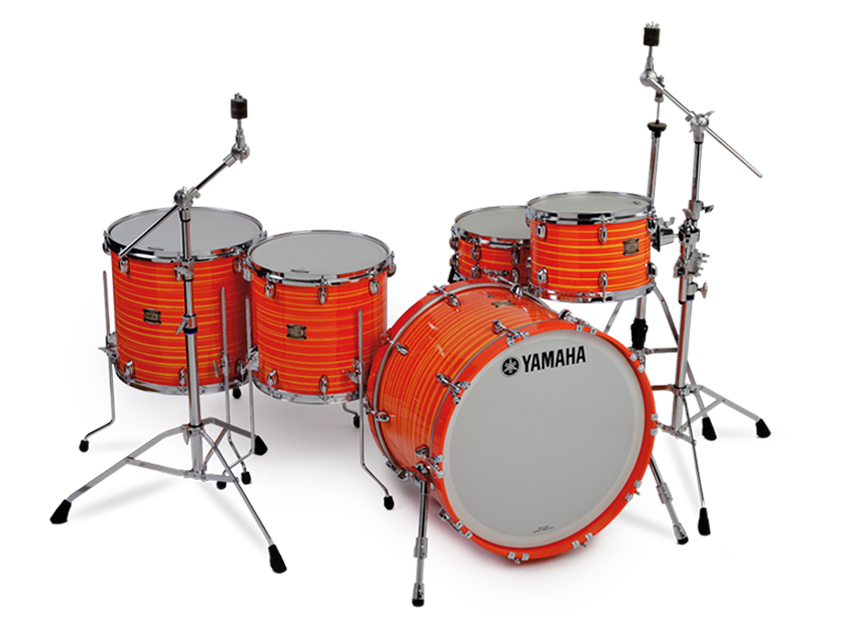
Yamaha Club Custom Kit
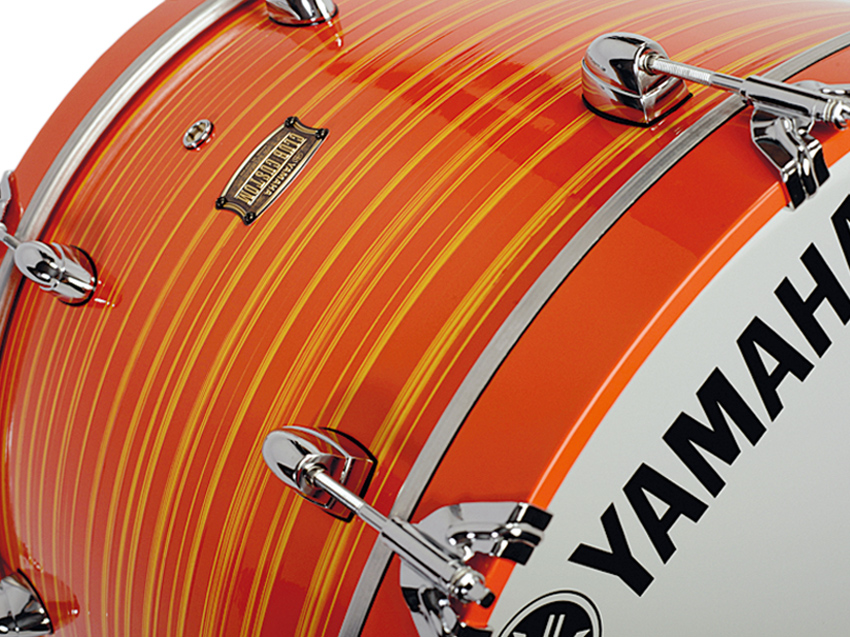
Yamaha Club Custom Kit
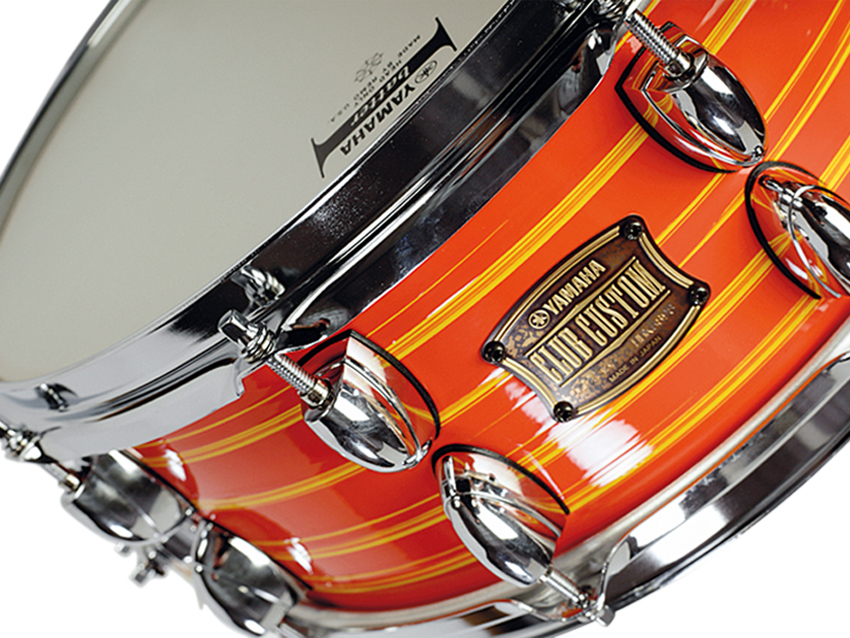
Yamaha Club Custom Kit
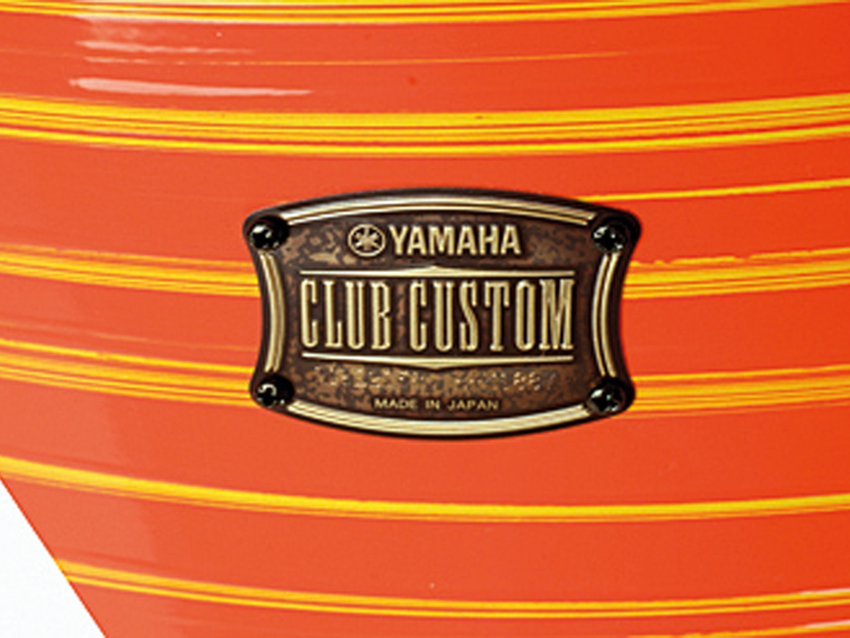
Yamaha Club Custom Kit
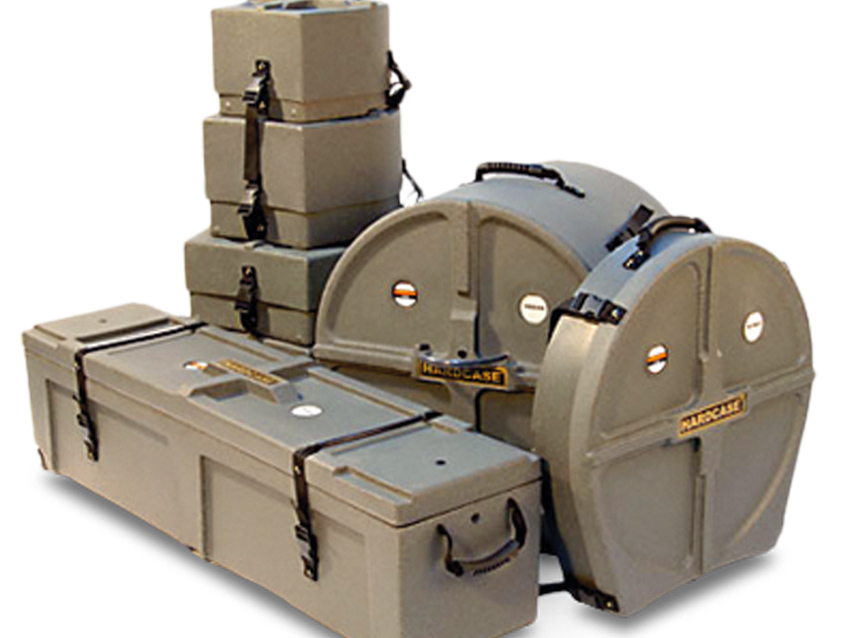
Yamaha Club Custom Kit
With the Club Custom, Yamaha launches a completely new kit, radically different from any of its previous lines.
There is a new shell material, unique painted finish and retro sizes. The shells are 100 percent Kapur wood, which was first used as a tone-wood component of the flagship Phoenix (PHX) shells, but here forms the entire shell.
Build
"Construction of the shells, as with all Yamaha's Japanese product, is exemplary."
The use of Malaysian Kapur is a bold new departure, but the most obviously striking thing about the Club Custom is the finish - our Swirl Orange kit being a bright orange with thin yellow stripes.
You'd be forgiven for thinking this is a plastic wrap, but no, it involves a brand new hand-painting and lacquering process.
The story goes that Steve Jordan requested it after seeing a similar finish on the café wall while visiting Yamaha in Japan! Yamaha's Gavin Thomas explains: "It's all hand-done, labour intensive, so every drum is different. There are three layers of colour - the background colour then orange and yellow. The paint is put on in layers then taken off in stages to create that textured finish. The layers are quite thin and then lacquered on top."
The yellow rings stand up a little from the surface - you can feel them like brail as you run your fingers across the plastic-like finish.
Orange will certainly draw attention on stage, but it won't be to everyone's taste. In which case don't worry, there are four other choices, all more subdued - a Swirl Black and Swirl Blue, plus two rather staid (and slightly cheaper) matte finishes in black and brown.
Construction of the shells, as with all Yamaha's Japanese product, is exemplary. The bearing edges have Yamaha's 60-3R profile, one of seven bearing edges the company uses.
It has a shallow 60° cut leading to a smooth round-over with no sharp peak. The shells are 6-ply and 7mm thick, which makes them medium-thin. The inner ply lies horizontally and has a dusky, mid-brown colour.
We found the shells to be almost perfectly round (within 0-1mm) which is unusually impressive, even for expensive drums. Inside, the shells are left only partially sanded with a definite nap which should increase the woodiness of the tone.
As for sizes, the review kit is 22"x15", 12"x8", 14"x13", 16"x15" and 14"x5 " snare. Yamaha offers four bass drums, from 18" to 24" and they are all 15" deep, emphasising the classic style.
They can all (except the 18") be ordered with or without a central tom mount. There's only the one snare but a good range of toms: 8"x7", 10"x7", 12"x8", 13"x9" with Y.E.S.S. resonance mounting brackets, and 14"x13", 16"x15" and 18"x16" floor toms with legs.
In keeping with the vintage vibe, the bass drum has classic-style claw hooks on the solid-colour wooden hoops.
Unlike those made by most other manufacturers, the Y.E.S.S. mounting bracket is not slung from the top lugs but is attached via two strong bolts positioned at the nodal point of the shell.
This must surely put a strain on the shell, but it's been a Yamaha feature for years now and no one has complained that we're aware of.
Hoops are standard 1.6mm triple-flanged chromed steel and the small lug is the same previously seen on the Oak Custom. The quietly operating side-lever strainer, from the Absolute series, has a big comfortable lever knob and the 20-strand steel snares have classy brass end-plates.
Hands On
Setting up is a doddle, with Yamaha's tried and tested hardware a breeze to operate. The bass drum spurs have that unique fixed-angle profile which slots into place with a reassuring firmness.
Floor tom legs are strong but elegant. Unlike many others these days, they do not have contoured memory locks, but they really don't need them.
The Kapur wood looks like mahogany and sounds rather like it too. Combined with the curved, shallow 60° edges and rough inner nap the result is lots of woody shell tone, warm and quite dry with a slightly shortened decay.
The relatively shallow 22"x15" bass drum is exactly to our liking. We love the sound of a short kick - fast and punchy with few awkward overtones. The fitted heads are both Powerstroke-3s, a clear batter and an uncut Smooth White front.
Straight from its case there was nothing to do, the drum sounded immediately awesome. With a felt beater for depth and warmth there is still a healthy slam, a fast initial report followed by a glowing resonance.
Played hard, the impact is even more abrupt, but the timbre remains woody. The P-3 is a single- ply (perimeter damped) head which is just right for this kick. It really allows the drum to show its class if, say, you play feathered-jazz style - when it remains responsive with a full tone however softly you tread.
Toms echo the warm dark sound. Coated Ambassador batters are again the ideal choice. There is a richness in the tone at medium tuning which allows full expression, so you're tempted to play tunes on the toms, not just to smash them.
The two floor toms have this depth in abundance. And just like the bass drum, tuning them higher - or lower for more slap - you never lose the woodiness. With raised pitches, the Club Custom makes a great jazz/old school set. The rounded edges aid again in ensuring the sound is never thin, even when the 12"x8" is pinging like a be-bop tom.
The snare is a beauty. It's simple and feels really solid with a dense sound, deep and fat. Those curved bearing edges, making maximum head contact, mean more of the shell timbre is conferred to the head sound, making it warmer with more mids.
Even when you tune the batter and resonant up high you retain the thick, phat centre tone. It never turns brittle or chokes. Tuned low it growls, especially if you loosen the snares for swampy Louisiana-style rolls and buzzes.
Another thing we've noticed before about rounded edges: they do not lead to a lack of outer head sensitivity. Quite the opposite - it's not pin sharp, like you get with a peaked 45° bearing edge, but it is snarey right up to the hoop.
Cross-sticks also benefit with a more plump tone, never clicky or thin. And high-pitched rim-shots played with a short section of stick elicit a healthy ring lasting a good three seconds. We loved this snare drum.
Overall, the Kapur shells are warm rather than aggressive while retaining punch and presence. You wouldn't choose it for metal, but you would for your singer-songwriter/indie band or funkier/r'n'b styles and for jazz.
As Yamaha aptly says, the Club Custom has "a soft, mild character that lays down exceptionally well behind vocals".
“A synthesizer that is both easy to use and fun to play whilst maintaining a decent degree of programming depth and flexibility”: PWM Mantis review
“I feel like that song had everything we needed to come back with”: Bring Me The Horizon’s Lee Malia on Shadow Moses, its riff and the secrets behind its tone, and why it was the right anthem at the right time
“I said, ‘Are we sure we can write a song about death?’”: The story of Mike + The Mechanics' classic No.1 The Living Years









